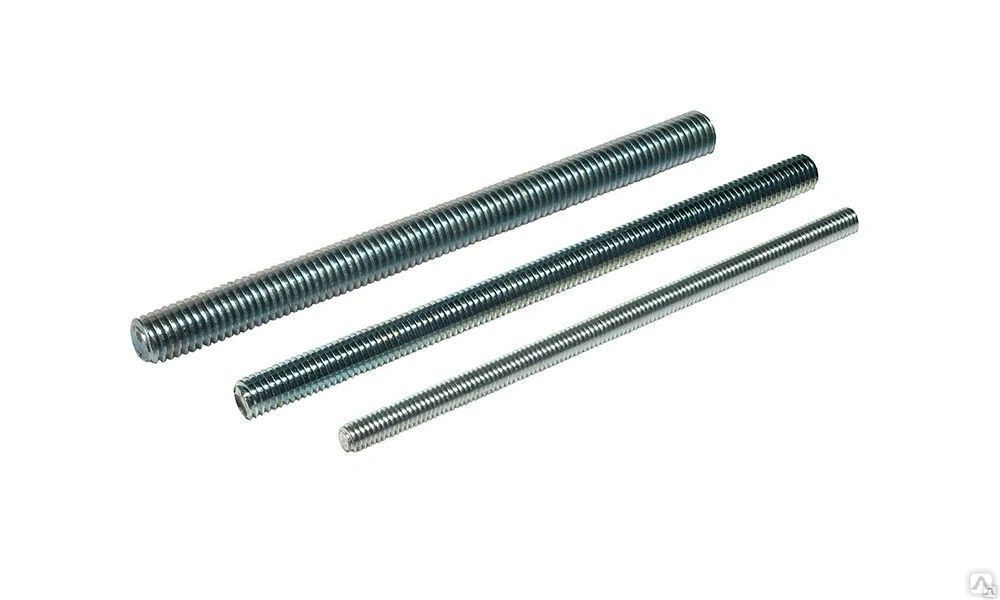Lag bolts, also known as lag screws, are used for attaching wood or metal to other materials. Before installing a lag bolt, it’s important to determine the proper depth for which it will penetrate the material.
To ensure the best results, it’s recommended that a pilot hole be pre-drilled for lag bolts. Choosing the right drill bit size is key to this process.
Length
Lag bolts are designed to bite into the material they are screwed into, providing a stronger hold and more tensile and shear strength than screws. They may require pilot holes, which are small holes drilled into the materials before the lag bolt is installed. This makes installation easier, reduces stripping and can help prevent splitting in softer woods.
The size of the pilot hole depends on the lag bolt’s diameter and the material it will be going through. For instance, if you are attaching lumber to concrete, you will need a longer lag bolt that can withstand more torque than when connecting two pieces of wood together.
It is a good idea to pre-drill the pilot holes with a drill bit that is the same size as the shank diameter of your lag bolt. This will ensure that the lag bolt is fully seated in the material. Otherwise, the walls of the pilot hole could collapse as you are driving in your lag bolt, preventing it from gripping properly.
Diameter
Lag bolts (or lag screws) are larger than standard wood screws and have a point on their head to help them stay firmly in place when tightened. They are used for attaching heavy materials such as timber beams to other materials, including concrete.
It is recommended that lag bolts be pre-drilled into the material they are being installed into. This process prevents the lag bolt from splitting and also makes screwing them in easier.
When determining the pilot hole size for a particular lag bolt, it is important to consider the diameter of the bolt as well as its length and the type of material being fastened together. Ideally, the bolt should be able to penetrate slightly more than the thickness of the material it is being attached to.
To ensure that you have a pilot hole that is large enough for your lag bolt, you can use the simple technique of aligning a drill bit horizontally over the head of the bolt and seeing if it completely eclipses the threads of the stud. If it does, you have the correct drill bit size.
Wood Type
Lag bolts can withstand more shear and tensile forces than standard screws, so it is important to pre-drill the holes for them properly. This ensures that they penetrate deep into the material without being pulled out or twisted out of place.
The pilot hole for the shank should match the diameter of the bolt and the one for the threaded portion should be fractionally smaller (consult your specific lag bolt documentation for recommendations). The wood type also plays a role in these calculations, as harder species may require a smaller or larger pilot hole than softer ones.
To identify the exact drill bit size you need, simply hold your lag bolt and a drill bit in your hand and compare them visually. This method is simple, accurate and easy to use. Moreover, it can help you avoid the common mistake of drilling pilot holes too small or too big, which could ultimately compromise the integrity of your project.
Depth
Lag bolts, like most screws, need a pilot hole to prevent wood from splitting and provide a secure hold. The depth of the pilot hole depends on the type of material you’re working with and how much shear strength is required.
Softer woods like pine have a lot of ‘give’ and tend to dent easily, so drilling the hole the same length as your screw or nail is enough for those types. Harder materials like end-grain hardwoods, however, have less flexibility and should be drilled just a bit longer to give the screw some extra space and decrease the chance of splitting.
In general, it’s best to consult the documentation included with your lag bolt hardware for more specific information on how deep your pilot holes should be. It’s also a good idea to drill two test pilot holes in scrap before you start working on your main project to determine the ideal size for your particular material.pilot hole for 1/4 lag screw



